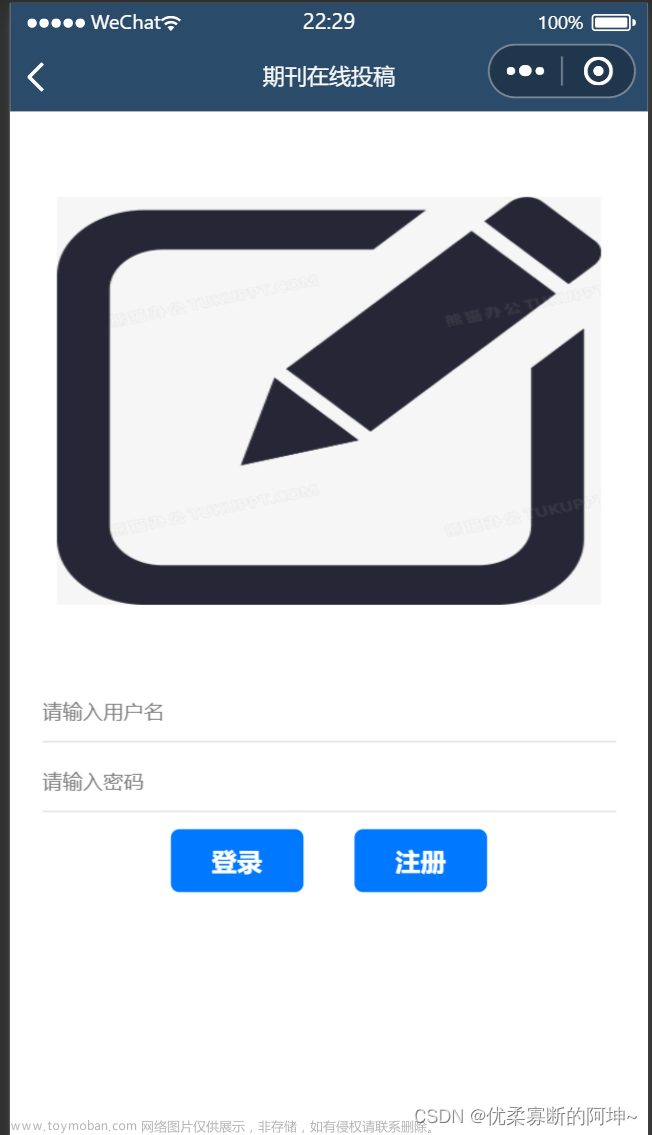一、无参跳转
跳转到指定URL,向history栈添加一个新的纪录,点击后退会返回至上一个页面。
// 声明式
<router-link :to = "…">
// 编程式,参数可以是一个字符串路径,或者一个描述地址的对象
<router.push('/user/index')>
// 直接写路由地址
this.$router.push('/user/index')
// 地址对象
this.$router.push({path:'/user/index'})
二、带参跳转
1、query传参
this.$router.push({ path: '/user/index', query: { account: account }})
query传递的参数显示在地址栏中,刷新后依然存在,类似
http://localhost/user/index?account=123
参数接收方式
watch: {
$route: {
handler: function(route) {
const account = route.query && route.query.account;
console.info(account)
},
immediate: true
}
}
或者放到created里面
created() {
const {params, query} = this.$route;
console.info(account)
}
或者放到mounted里面
mounted(){
const account = this.$route.query && this.$route.query.account;
console.info(account)
}
以上几种写法都是可以的。特别注意参数接收是使用$route,而非$router.
this.$router 相当于一个全局的路由器对象,包含了很多属性和对象(比如 history 对象),任何页面都可以调用其 push, replace, go 等方法。
this.$route 表示当前路由对象,每一个路由都会有一个 route 对象,是一个局部的对象,可以获取对应的 name, path, params, query 等属性。
2、params传参
this.$router.push({ name: 'User', params: { account: account }})
参数接收方式与第一种类似,参数是 params
watch: {
$route: {
handler: function(route) {
const account = route.params && route.params.account;
console.info(account)
},
immediate: true
}
}
这种方式不会在uri后面追加参数,params传递刷新会无效;
三、替换当前页
替换history栈中最后一个记录
// 声明式
<reouter-link :to="..." replace></router-link>
// 编程式
this.$router.replace(...)
push方法也可以传replace,默认值:false文章来源:https://www.toymoban.com/news/detail-546003.html
this.$router.push({path: '/homo', replace: true})
四、向前或向后跳转
this.$router.go(n)
与js原生的 window.history.go(n)用法相同, 向前或向后跳转 n 个页面,n 为正时前往下一个页面,为负时返回之前页面。也就是从history栈中取前面还是后面的某个页面。文章来源地址https://www.toymoban.com/news/detail-546003.html
this.$router.go(1) // 类似 history.forward()
this.$router.go(-1) // 类似 history.back()
到了这里,关于vue跳转到其他页面的文章就介绍完了。如果您还想了解更多内容,请在右上角搜索TOY模板网以前的文章或继续浏览下面的相关文章,希望大家以后多多支持TOY模板网!









